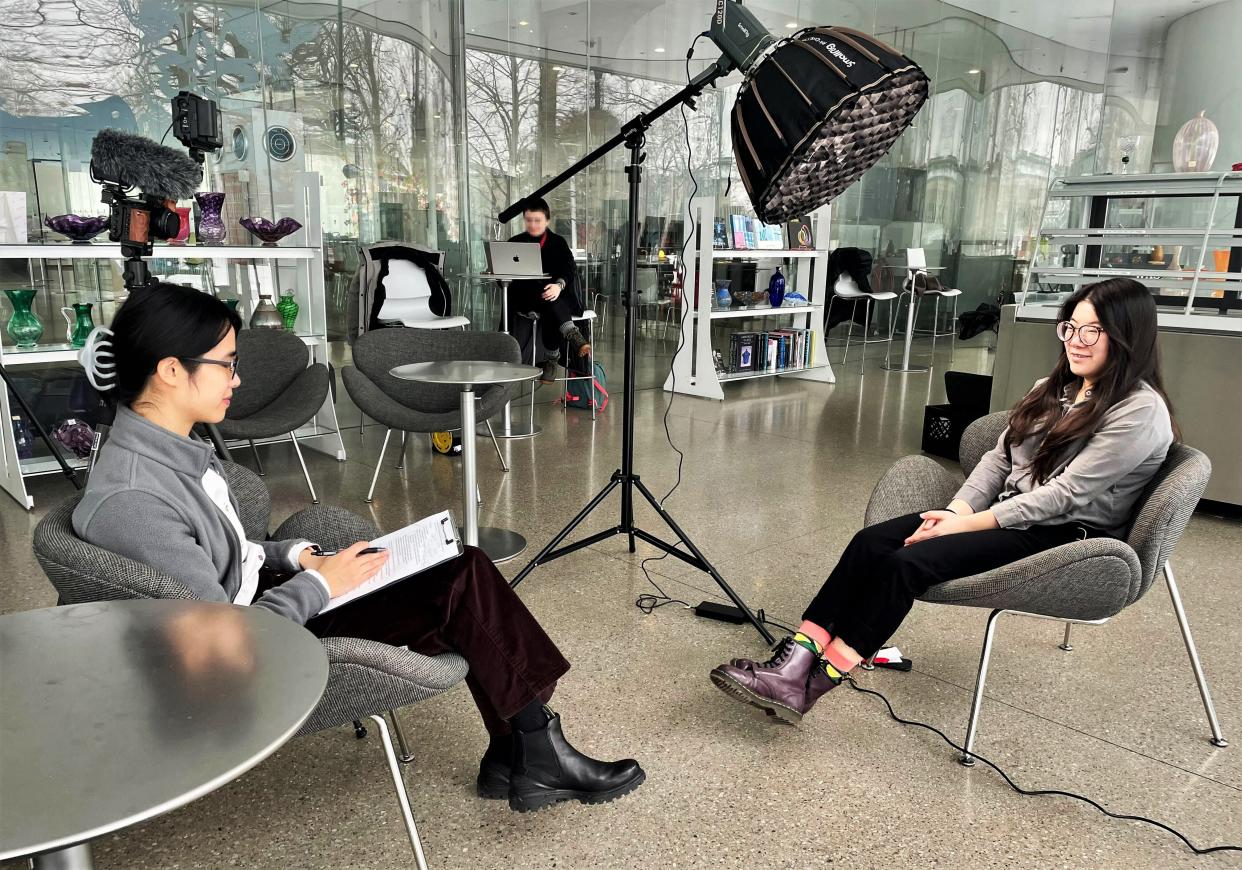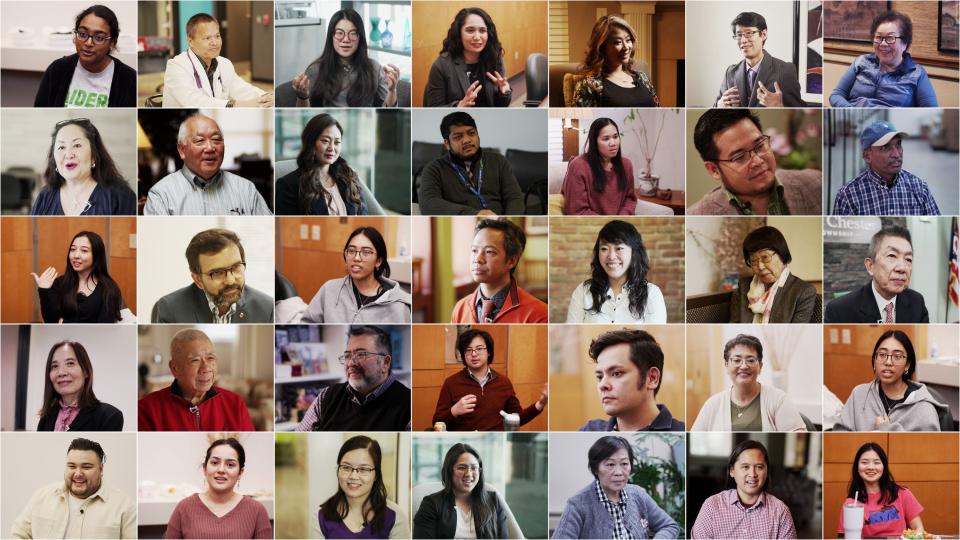'Whitewashed and invisible': 'Asian in Ohio' online exhibit examines overlooked stories

A new interactive exhibit tells the stories of Asian Americans who have made Ohio their home.
"Asian in Ohio," an online gallery by the Toledo-based nonprofit Midstory, features individuals from Columbus, Cincinnati, Cleveland, Arkon, Dayton, Toledo and elsewhere, depicting "another side of the Midwest story — one often whitewashed and rendered invisible," according to producers. The archive debuted last month and features maps, data, videotaped interviews and text — similar to a museum exhibit, but all contained on a webpage.
Ruth Chang, the project's lead writer, said the stories of Asians in the Midwest are different from those of Asian communities on the East and West coasts, which often receive more media and popular culture attention.
"There are (also) differences between the experiences of the refugee versus the immigrant versus the second or third generation, versus the experiences of adoptees or biracial Asian Americans," said Chang, who herself came to the United States from Taiwan at age 9. "It's extremely complex, but it's a very beautiful set of stories."
The interactive gallery, which was funded in part by an Ohio Humanities grant, notes that Ohio's Asian population has more than doubled since 2000 to around 357,647 in 2021 — or 3.04% of the state's total. The largest Asian groups are Indian, Chinese, Filipino, Korean, Japanese, Vietnamese, Bhutanese and Nepali.
Ohio has the fourth-largest population of Asians and Asian Americans among the 12 Midwestern states, after Illinois, Michigan and Minnesota, according to 2020 census data.
In the exhibit's 28 videotaped interviews, Asian Ohioans tell unique stories of how they came to the state.
One interviewee, Ajino Wah, arrived as a Karen refugee (an ethnolinguistic group of Sino-Tibetan language-speaking peoples) from Myanmar and now manages a senior center in Akron. Another, Donald Hayashi, was born in Portland, Oregon, to Japanese parents and lived in World War II internment camps before settling in Dayton. Sankar Reddy, the owner of a grocery and spice store in Toledo, immigrated from southern India.
Interviewees discuss complicated senses of belonging.
"I feel I have two homes," says Chuchen Song, a glass studio specialist at the Toledo Museum of Art. "I feel like one is here in Toledo, where I'm with my partner and my dog. And another home, of course, is the home with my parents, my grandparents, back in China in Qingdao.”
More: Uniting traditions with love: Columbus wedding features Indian, African, American cultures
Interviewees also discuss what it means to be Asian in majority-white communities and the stereotype of Asians as a "model minority."
Jud Phay Leong, a Malaysian American board member of the Asian American Cultural Association of Cincinnati, discusses the need for more outreach and collaboration with Black community organizations.
"The Asian community's relationship to the Black community … has been one that has historically been used to pivot against one another," Leong says. "And there have been times of clairvoyance, where we've realized that we're basically in the same boat. And we need to really work together to help each other to improve all communities' situations.”

The exhibit also presents data showing a wide range of socioeconomic diversity among Asian Americans, with poverty rates highest among Burmese, Hmong and Pakistanis and lowest among Indians.
Chang said she and three colleagues founded Midstory in 2018 to share stories that challenge common narratives, in response to "the political climate in this country, talking about division, talking about flyover country — and then ourselves having a different understanding of the landscape here."
She hopes the group's latest online exhibit, which can be accessed at www.midstory.org/asian-in-ohio, will appeal to all Ohioans, no matter their background.
"I think it's important that we share these common stories, these narratives that connect us, and I hope that people don't think this is just an Asian American sort of story. … They're everyday Ohioans' stories — about how to make community, about how to find identity," she said.
More: How Franklin County became so international
Peter Gill covers immigration, New American communities and religion for the Dispatch in partnership with Report for America. You can support work like his with a tax-deductible donation to Report for America at:bit.ly/3fNsGaZ.
pgill@dispatch.com
This article originally appeared on The Columbus Dispatch: New exhibit highlights Asian American stories in Ohio

